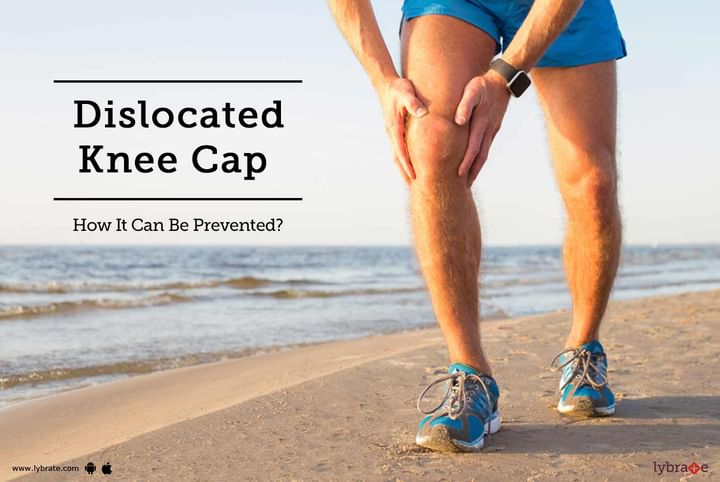Dislocated Knee Cap - How It Can Be Prevented?
Patella dislocation is mostly found among women and people associated with the high impact sport. It refers to a condition where the kneecap gets completely displaced from its normal location. Lateral dislocation is more common that involves the damage of ligaments and muscles. An immediate response to a patellar injury should be to cut down inflammation, stop engaging the patellofemoral joint and to relieve pain. One of the best ways to do it is to follow the RICE mechanism- rest, ice, compression, and elevation. Once this is done, one should seek urgent medical attention.
Symptoms of patellar dislocation:
- Immediate swelling of the knee area
- Extreme tenderness around the area of the knee cap
- Instability while bearing weight
- Acute pain near the knee cap area
- Quadriceps muscle weakness
- Redness to the affected area and instant fever as a result of the pain
- Warm feeling of the affected area
Immediate Treatment
If patella remains dislocated, consult to doctor immediately. To put the kneecap back in place, doctor may give you pain medication to relax his or her knee muscles, and then gently apply pressure to move the kneecap back into place. This process is called a "reduction."
Nonsurgical Treatment
-
Immobilization. You may wear a brace for 4 to 6 weeks. This stabilizes the knee while it heals.
-
Weightbearing. Because putting weight on the knee may cause pain and slow the healing process, you may require crutches for the first week or two after the injury.
-
Physical therapy. Once the knee has started to heal, you doctor will require physical therapy to help you to regain normal motion. Specific exercises will strengthen the thigh muscles holding the knee joint in place. Your commitment to the exercise program is important for a successful recovery. Typically, patient return to activity 3 to 6 weeks after the injury.
Because a dislocation often damages knee tissue, the patella often remains looser, or more unstable, than it was before the injury. As a result, the patella may dislocate again. Recurrences also are common if the dislocation was caused by an irregularity in the knee structure. Ongoing exercises, such as cycling, can strengthen quadriceps muscles in the thigh and prevent future patellar dislocations.
Surgical Treatment
If your patella dislocates multiple times, or continues to be unstable despite therapy and bracing, surgery may be recommended to correct the problem. The type of surgery will depend on the cause of the unstable kneecap. Surgical treatments often involve reconstructing the ligaments that hold the patella in place.
Rehabilitation:
Post-surgical knee rehabilitation is a key step to a full recovery from patellar dislocation. The process of rehabilitation not only rebuilds the muscles but negate the chances of future dislocation. It also focuses on strength, endurance, power and full motion of the knee. The balance and agility of the limb are also focused upon.
How to prevent patellar dislocation?
Since the risk of recurrence of a patella dislocation is 50 percent, prevention procedures should be at the top of the list.
- Refraining from high impact sports.
- Wearing a knee cap
- Continuing the daily exercise recommended by the physiotherapist to ensure non recurrence of the patella dislocation. If you wish to discuss any specific problem, you can consult a physiotherapist.



+1.svg)
